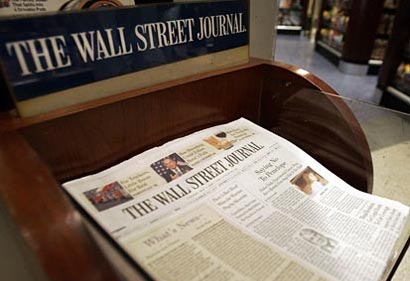President to The Wall Street Journal: Opportunity for Sri Lanka as China’s labour costs rise

Rising labour costs in China present an opportunity for Sri Lanka to attract foreign companies seeking an alternative low-cost manufacturing base, President Mahinda Rajapaksa said in an interview with The Wall Street Journal published on September 22, 2010.
President Rajapaksa, in New York for the United Nations General Assembly, told the newspaper that Sri Lanka has enjoyed a 15-month period of peace during which his Government has focused on rebuilding roadways and railroads in the ravaged North and East, expanding the availability of electricity and clean water, and providing homes, among other things.
He said Sri Lanka – with a literate population, relatively low labour costs, and a sizeable corps of trained accountants – is drawing the interest of outsourcing firms, including major Indian business-process outsourcing companies seeking ways to expand outside India, where wages also have been rising.
President Rajapaksa said in addition, European and US retailers are increasingly turning to Sri Lanka to produce apparel at costs below those in China. He said Sri Lanka faces a labour shortage in the apparel sector as a result of this interest. Brandix Lanka Ltd Chief Executive, Ashroff Omar said it currently costs about $150 a month to employ a “trained” Sri Lankan apparel worker, compared with $400 in China. In a couple of years, he said, the cost in China will be about $600, compared with around $200 in Sri Lanka.
Omar and several business leaders and ministers accompanied President Rajapaksa to the US.
Tourism is growing in Sri Lanka, as Indian travellers gravitate to a peaceful Sri Lanka, and interest among European tourists – particularly Scandinavians – picks up, Rajapaksa said. Agriculture and fisheries are also key drivers of economic growth.
President Rajapaksa acknowledged that Sri Lanka still suffers from a lingering perception that it remains a war zone, but said there have been “no incidents” for more than a year and foreign governments have generally removed advisories warning travellers to stay away.
The country’s economy grew 8.5 percent in the second quarter, compared with 7.1 percent year-on- year growth in the first quarter, according to Fitch Ratings. Inflation, at just under six percent, is under control, President Rajapaksa said.
The President said his biggest worry is “protectionism” by other Asian countries at a time when Sri Lanka hopes to tap into the region’s unprecedented economic expansion.
Courtesy: Daily News

Latest Headlines in Sri Lanka
- Sri Lanka’s Central Expressway cost soars due to corruption and delays by previous governments March 10, 2025
- Tragic Madampe crash: Three killed, including toddler March 10, 2025
- IGP Deshabandu Tennakoon’s assets to be frozen if he evades court – Minister March 9, 2025
- Sri Lanka to introduce low-priced alcohol to curb illicit liquor consumption March 9, 2025
- Oddusuddan Tile Factory reopens after 35 years March 9, 2025


